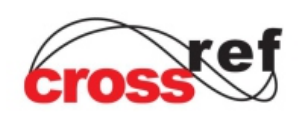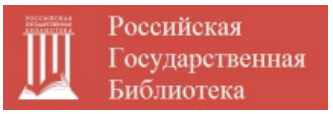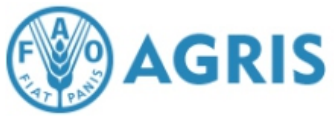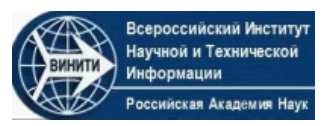Improving the efficiency of the selection of parent pairs in potato breeding
A.V. Mityushkin, A.A. Zhuravlev, E.A. Simakov, Al-r V. Mityushkin, A.S. Gaizatullin, V.A. Zharova, V.A. Semenov, S.V. Ovechkin
Upload the full text
Abstract. Successful selection of potato genotypes with a complex of economically valuable traits largely depends on the successful selection of parental pairs during hybridization. The purpose of this study is to establish the frequency of selection of economically valuable genotypes in hybrid combinations, determined by the level of the average yield indicator. During the analyzed period (2010-2022), the full selection process was completed for three groups of hybrid combinations, the seedlings of which were grown in 2010, 2011 and 2016, and the first assessment of hybrids for economically valuable traits in 2011, 2012 and 2017, respectively. The seedlings were grown in pot culture in protected ground and during harvesting, sets of genotypes were formed within each hybrid combination. In the first tuber generation, hybrid selection was carried out based on a visual assessment of a set of characteristics: absence of virus, late blight and scab damage, yield, nest type, stolon length, tuber shape, and eye depth. The selection value of hybrid combinations was assessed by the number of genotypes selected for inclusion in the nurseries of the main and competitive tests and transferred to the State Variety Testing. In the first group of hybrid combinations studied in 2011, the frequency of selection of economically valuable forms varied from 2.0 to 28.5%, and in 2012 – from 1.8 to 21.4%. For these groups of hybrid combinations, a relationship is observed between the selection indicators of economically valuable hybrids and the final results of the selection process. Until its completion, hybrids of those combinations are preserved that were characterized by a high frequency of selection of economically valuable hybrids during the assessment in the first tuber generation. This pattern is especially clear when comparing hybrid combinations obtained using the topcross scheme with one common parent – the tester used as the maternal or paternal form. The frequency of occurrence of economically valuable forms in the first tuber generation is a reliable criterion for determining the breeding value of hybrid combinations. Average yield indicators of combinations do not correlate with the frequency of selection of economically valuable hybrids.
Keywords: potato, selection, parental forms, hybrid combinations, seedlings, 1st tuber generation hybrids, selection frequency, economically valuable genotypes
For citation. Mityushkin A.V., Zhuravlev A.A., Simakov E.A., Mityushkin Al-r V., Gaizatullin A.S., Zharova V.A., Semenov V.A., Ovechkin S.V. Improving the efficiency of the selection of parent pairs in potato breeding. News of the Kabardino-Balkarian Scientific Center of RAS. 2024. Vol. 26. No. 6. Pp. 249–259. DOI: 10.35330/1991-6639-2024-26-6-249-259










